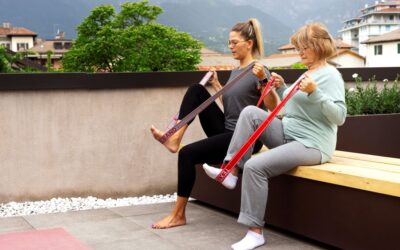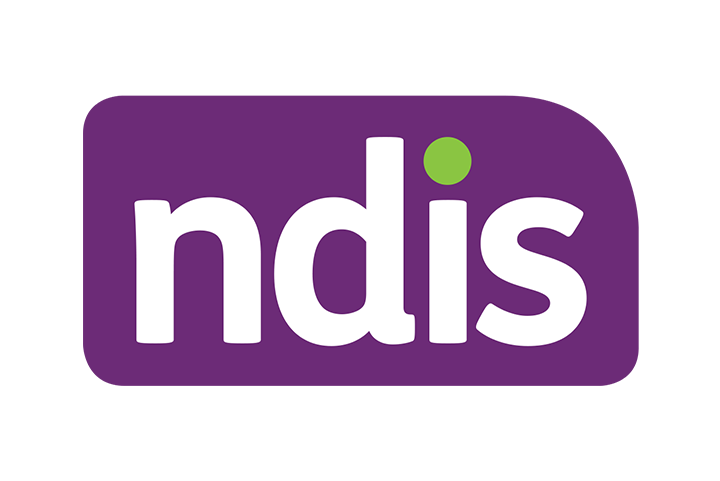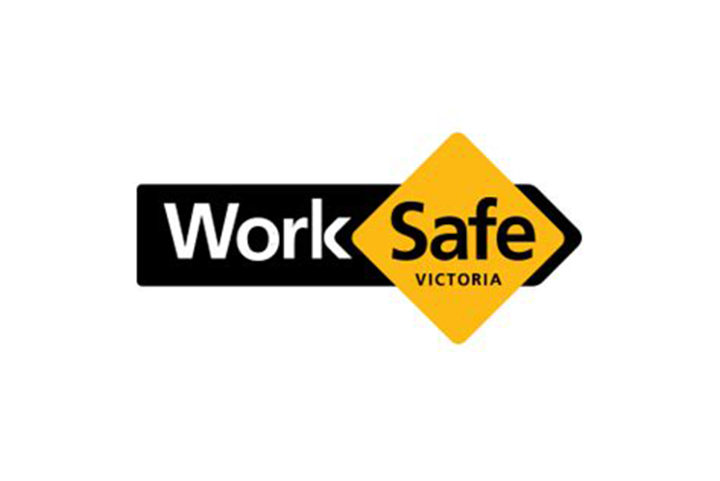Since being rolled out in 2016, the number of Australians participating in the NDIS has recently exceeded 400,000 people. And while the program is providing fantastic and essential health services to those Australians who need it, navigating the NDIS to get the services you need is still just as challenging as ever.
As NDIS providers of exercise physiology, physiotherapy, and exercise classes such as Pilates and strength training, we can completely understand the confusion and frustration felt by many of our NDIS clients who want to understand which services they have access to.
In this blog, Exercise Physiologist Taylor attempts to answer a few of the most common questions and explains how different funding can be used for Exercise Physiology and Physiotherapy to help you find the best support to manage your disability.
“How can I get the most out of my NDIS funding?”
The first question to ask yourself is, are you using your NDIS plan effectively? Do you feel like you’re getting everything out of the plan intended in your review? If you can’t confidently answer that with a yes, then the next question to ask yourself is, have you got a good relationship with your support coordinator? Or do you have a support coordinator at all?
If your Plan allows one, I’d highly recommend you find a support coordinator who knows your disability and your local area well. This will enable you to use your NDIS plan to its maximum potential every year and live the life you want. Most plans come with enough funding to provide a support coordinator, so it’s worthwhile utilising that funding.
If you don’t use your plan efficiently, it’s common to see unused funding vanish simply because you haven’t utilised it effectively. This is because the NDIS assumes that you don’t need it. This can often lead to worsening outcomes and more restrictions on living your desired life.
“My GP has told me that I need to see an Exercise Physiologist, but I’m worried that I may injure myself.”
We understand through our clients that living with a disability presents a myriad of challenges that are extremely difficult and overwhelming at the best of times. Managing symptoms and maintaining any level of function is something you may have to overcome daily.
Exercise may be suggested as a strategy to improve your quality of life. Particularly given that the degenerative nature of many of the disorders that people on the NDIS face often cannot be efficiently managed by medication alone.
As EP’s and Physio’s who routinely see clients on the NDIS, we get to see the positive impact that exercise can have on people living with a disability. Mainly to reduce pain, improve function and enhance quality of life.
We see excellent results, and sometimes life-altering results, in people living with neurological and musculoskeletal disorders. Taylor has a particular passion for working with people on the autism spectrum or people living with intellectual disability, and we’re often inspired by the fierce determination and commitment demonstrated by our amazing clients.
“I know I need to exercise more regularly, but I benefit greatly from seeing my physio. Can I get NDIS funding for EP AND physio?”
The great news is that you can see an Exercise Physiologist and a Physiotherapist on the NDIS! Because they are in separate funding categories, you can extend the duration of your treatment by including both in your NDIS Plan, not to mention the benefit of having the expertise of two experienced health practitioners together to help you achieve your goals and live the life you want to live.
Just be aware that other services like occupational therapy or dietetics share the same category as EP and Physiotherapy. So, if you also need these services, this may limit how much funding you can get for EP and Physio. If you are worried that your financing might be used up too quickly or not quickly enough, then talk to your support coordinator first and develop a year-long plan!
If you are self-managed and know how much your NDIS plan can cover EP and Physio treatment, make this clear to your health practitioner at the beginning of your treatment, which would allow us to ensure that your funding is used to maximum efficiency.
“How can exercise physiology and physio work together to give me the best quality of life?”
We love working together! We can get the best results by building a “treating team” around our clients.
A good example would be a client with a neurological disease like Parkinson’s Disease – we’ve found that the ever-changing and unpredictable symptoms of living with an incurable neurological disease such as Parkinson’s Disease can benefit from “hands-on” Physio treatment from time to time to relieve the tension that builds up in your muscles, whilst your Exercise Physiologist focuses on developing your strength, function and balance through exercise.
Several of our regular clients here at Pathways have seen this power and have significantly benefited from this co-treating model. This helps you to reach your goals and manage your symptoms more effectively.
If you need more information on whether EP or Physio suits you, speak to your support coordinator or us here at the clinic, and we can help you decide.
Common conditions we see at Pathways Physiotherapy:
• MS and Parkinson’s disease
• Autism spectrum disorder
• Intellectual disability
• Other Neurological disorders like ABI, stroke, etc
• Anxiety & depression
Taylor Holmes is an Exercise Physiologist and Founder of Empower Exercise Physiology. To make a booking to see Taylor, click HERE.








